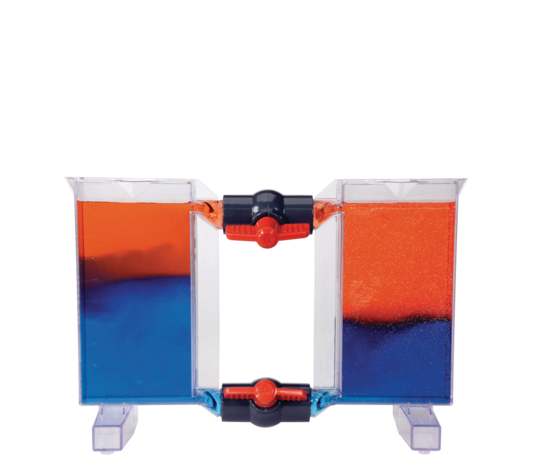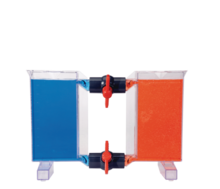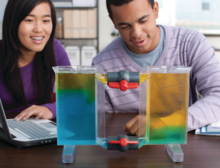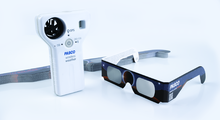













Model, measure and understand complex density driven circulation associated with heat transfer through convection.
Product Summary
The PASCO Density Circulation Model allows students to model, measure and understand the complex density-driven circulation associated with heat transfer through convection. Students can recreate vertical ocean currents driven by water bodies with density differences. They can extend this learning by using sensors to collect data and create graphs showing the thermocline, halocline and pycnocline using a Salinity Sensor PS-2195 (page 66).
Applications
- Model density driven circulation based on temperature, dissolved substances or different liquids.
- Demonstrate the driving forces of vertical ocean currents.
- Measure temperature inversions based on density difference.
Demonstrate
- Vertical ocean currents
- Upswelling
- Tropical vs polar water bodies
- Thermocline and Haliocline
- Convection
- Inversions
How It Works
To use the apparatus students fill each side of the chamber with a water of different densities (cold and hot for example). Students can than add food coloring each of the water bodies to enhance observation during mixing. Lastly, students open the valves and watch as convection driven circulation takes place.
Students can model the layering of natural systems when waters of different densities interact. For example, how does fresh water from a river behave as it flows into a saltwater environment? Using cold saltwater and warm freshwater, it’s even possible to create a ‘temperature inversion’. The movement of water is smooth and continuous so mixing is kept to a minimum and layering occurs even with very small density differences.
Support Documents
| Manuals | ||
|---|---|---|
| Density Circulation Model Manual | English - 286.95 KB | |















